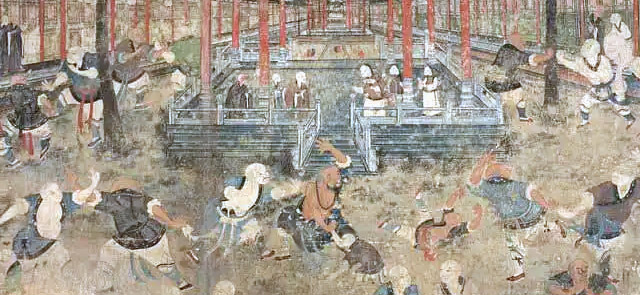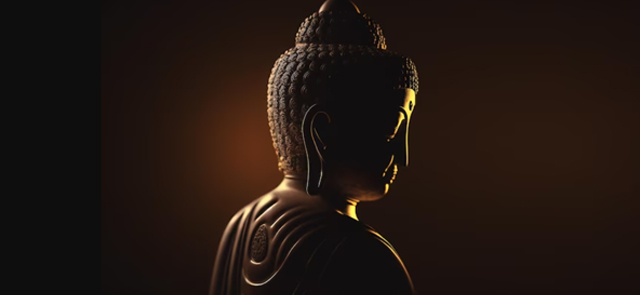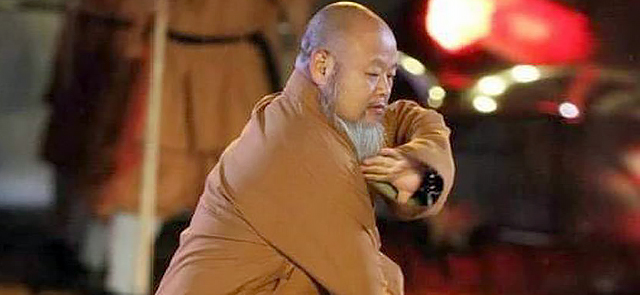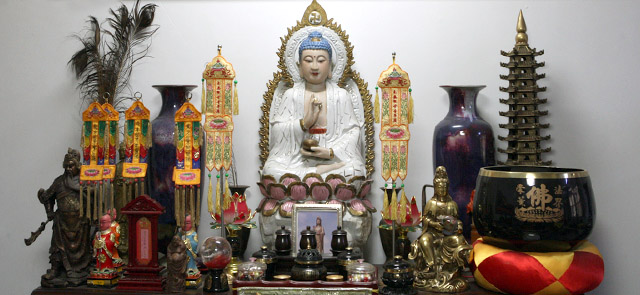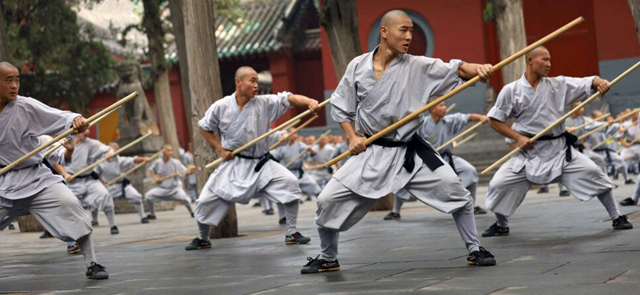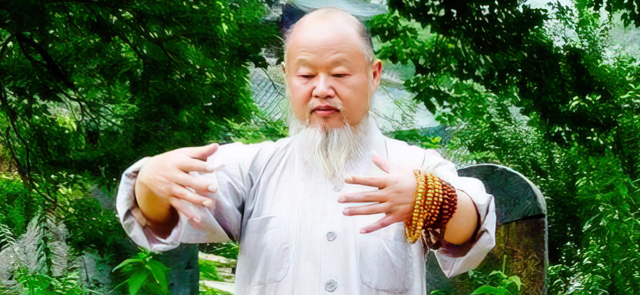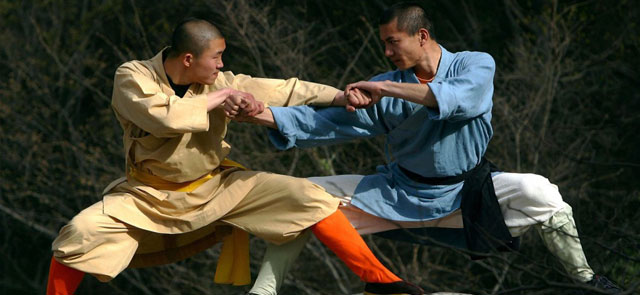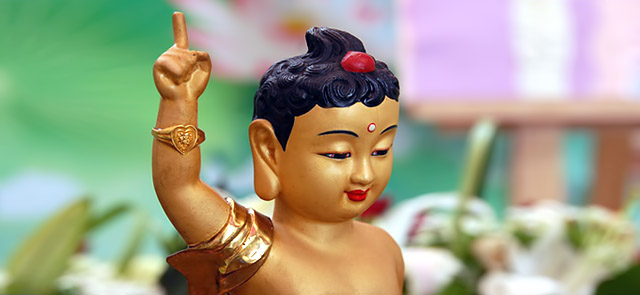The Shaolin Temple, located in China's Henan province, is one of the most famous and influential Buddhist monasteries in the world. The Shaolin tradition is rooted in the teachings of Buddhism, and the arts that have been developed there over centuries are deeply intertwined with this philosophy. In this essay, we will explore the Shaolin tradition and its associated arts, including martial arts, calligraphy, and painting.
The Shaolin Temple was founded in the fifth century by an Indian monk named Bodhidharma. Bodhidharma brought the teachings of Zen Buddhism to China, and he is regarded as the founder of the Chan school of Buddhism. The Shaolin Temple became a center for the practice and study of Chan Buddhism, and it attracted many students and disciples over the centuries.
One of the most famous aspects of the Shaolin tradition is its martial arts. The Shaolin Temple is known for developing and refining a unique style of martial arts that incorporates elements of kung fu, tai chi, and qigong. The monks of the Shaolin Temple were renowned for their physical prowess and their ability to defend themselves against attackers. The Shaolin martial arts tradition has been passed down from generation to generation, and it continues to be practiced and studied around the world.
In addition to martial arts, the Shaolin tradition is also known for its calligraphy and painting. Calligraphy is the art of writing characters using a brush and ink, and it is considered a form of meditation in the Shaolin tradition. Calligraphy is often used to express Buddhist teachings and to create works of art that reflect the natural world. Painting, on the other hand, involves the use of brushes and pigments to create images of landscapes, animals, and other subjects. Painting in the Shaolin tradition is also considered a form of meditation, and it is often used to express the beauty and harmony of the natural world.
The Shaolin tradition is also known for its focus on physical and mental discipline. The monks of the Shaolin Temple follow a strict regimen of meditation, physical exercise, and study. They believe that this discipline is essential for achieving enlightenment and for developing the strength and resilience needed to face life's challenges. The Shaolin tradition emphasizes the importance of living in harmony with nature and with other living beings. This philosophy is reflected in the arts that have been developed at the Shaolin Temple, as well as in the daily life of the monks who live there.
In conclusion, the Shaolin tradition and its associated arts are a testament to the power of human creativity and spirituality. The Shaolin Temple has been a center for Buddhist practice and study for centuries, and the arts that have been developed there reflect the deep connection between Buddhism and the natural world. The martial arts, calligraphy, and painting of the Shaolin tradition continue to inspire people around the world, and they serve as a reminder of the beauty and harmony that can be found in the practice of meditation and discipline.
